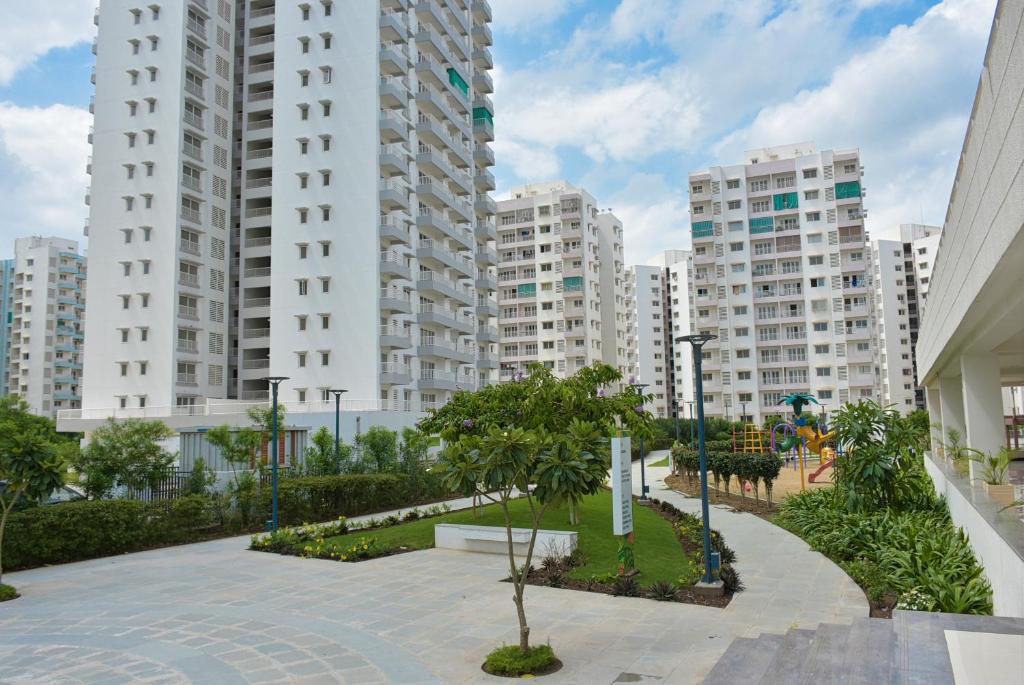In the realm of contemporary urban living, condominiums stand as architectural marvels that transcend conventional boundaries. As cities grow denser and the demand for efficient and aesthetically pleasing living spaces rises, architects and designers are pushing the limits of innovation to create condominiums that redefine the way we experience residential living. One of the key elements shaping the future of condominium design is the integration of green spaces and sustainable features. Condominiums are no longer just towering structures of concrete and glass they have evolved into urban oases that prioritize the harmony between nature and modern living. Rooftop gardens, vertical forests, and green facades are becoming increasingly common, not only enhancing the visual appeal of the buildings but also promoting environmental sustainability. The concept of sky bridges has become a striking feature in many contemporary condominium designs. These elevated walkways, connecting different towers or sections of a condominium, offer residents breathtaking panoramic views while fostering a sense of community.

Beyond their aesthetic appeal, these sky bridges often house communal spaces, such as lounges or fitness areas, creating opportunities for social interaction among residents and promoting a sense of unity in vertical communities. Furthermore, advancements in technology have given rise to smart condominiums that go beyond the boundaries of conventional living. Automated systems and integrated technologies allow residents to control various aspects of their homes, from lighting and temperature to security and entertainment, all at the touch of a button. This seamless integration of technology not only enhances the residents’ quality of life but also positions these condominiums at the forefront of the digital age. Architects are also challenging the traditional notion of space within condominiums. Flexible and adaptive layouts are becoming increasingly popular, allowing residents to customize their living spaces according to their needs and preferences. Transformable furniture, movable walls, and multi-functional rooms provide residents with the freedom to create personalized environments that adapt to the evolving dynamics of their lives. In addition to interior flexibility, many modern condominiums are emphasizing exterior adaptability.
Some designs incorporate movable or adjustable façade elements that respond to environmental conditions. This not only adds an element of dynamism to the building’s appearance but also enhances energy efficiency by optimizing sunlight exposure and shading. The integration of art and cultural elements is yet another trend pushing the boundaries of condominium design. Condominiums are no longer purely functional they are becoming cultural landmarks that reflect the identity of their surroundings. Public art installations, cultural events, and collaboration with local artists contribute to a sense of community identity, real estate in cabarete dominican republic making these condominiums not just places to live but hubs of cultural expression. The evolution of condominium design goes beyond mere architectural innovation it reflects a holistic approach to urban living. From sustainable practices to technological integration, flexible spaces to cultural relevance, modern condominiums are redefining the boundaries of residential living. As these architectural marvels continue to emerge, they not only shape the skylines of our cities but also influence the way we perceive and experience the spaces we call home.